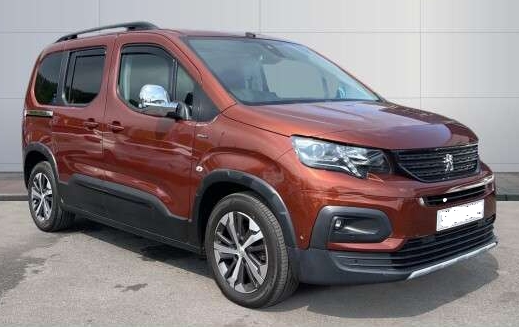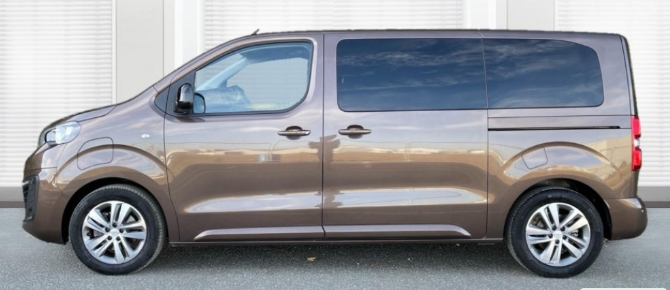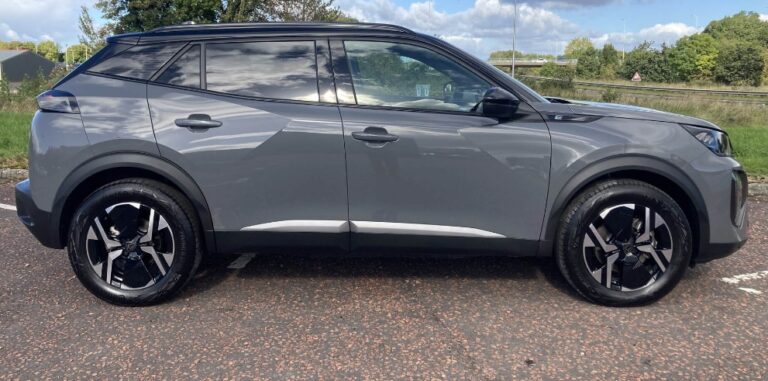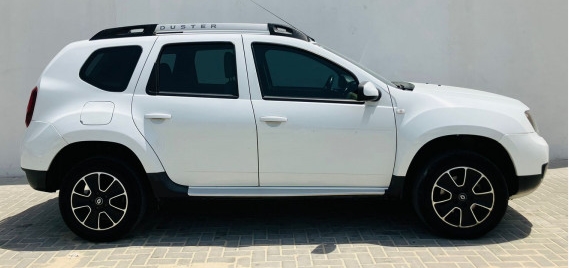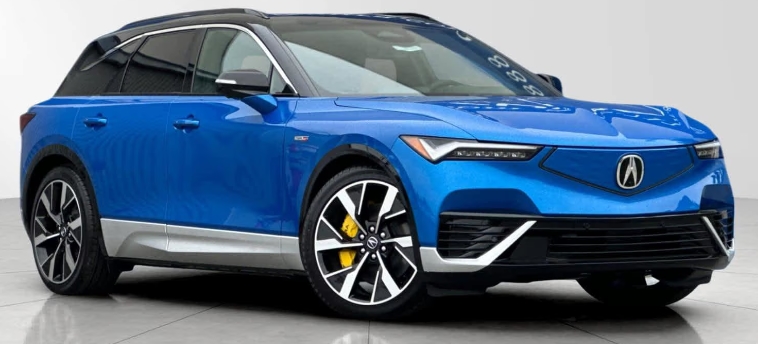The Evolution of Practicality: A Deep Dive into the Peugeot Rifter’s Journey
The modern automotive landscape is a fascinating tapestry, woven with threads of innovation, changing consumer demands, and the relentless pursuit of market share. Within this intricate design, the humble MPV (Multi-Purpose Vehicle), and its more rugged cousin, the leisure activity vehicle (LAV), have carved out a significant niche. Peugeot, a brand with a rich history of producing practical and stylish vehicles, has consistently adapted to these shifts. The Peugeot Rifter, a relatively recent but already impactful nameplate, represents a significant evolution in the company’s approach to this segment, blending the heritage of its predecessors with a forward-looking vision.
To understand the Rifter, we must first cast our minds back to its lineage. The seeds of its practicality were sown long before its official debut. For decades, Peugeot offered versatile vans and passenger versions that catered to families and professionals alike. The Peugeot Partner, initially launched in 1996, stands as the most direct ancestor. The Partner was conceived as a compact van, but crucially, Peugeot quickly recognized its potential as a people carrier.
The First Generation Partner (1996-2008) was a groundbreaking vehicle for its time. Offered in both panel van and Combi (passenger) versions, it provided a flexible and capacious solution for small businesses and families. Trim levels were relatively basic in the early days, focusing on functionality. Common variations included a standard panel van, a more practical Partner Combispace, and later, more refined versions aimed at private buyers. Engine options typically ranged from small petrol engines (like the 1.4L) to efficient diesel units (such as the 1.9D and later the 2.0 HDi). The Combispace offered a more car-like experience with rear seats, sliding doors, and a tailgate, setting the stage for future LAVs.
The Second Generation Partner (2008-2018) marked a significant leap forward in design and refinement. It adopted a more car-like aesthetic, moving away from the purely utilitarian look of its predecessor. This generation saw the introduction of more distinct trim levels and a wider range of engine choices. The passenger version, still often referred to as the Partner Tepee, became increasingly popular with families.
.

.
Key trim levels for the second generation Partner Tepee included:
Access: The entry-level model, focusing on essential features and value.
Active: A step up, offering more comfort and convenience features.
Allure/Premium: The higher-spec trims, boasting more advanced technology, better interior materials, and often, more powerful engine options.
Engine options expanded considerably, with Peugeot offering increasingly efficient and powerful petrol (like the 1.6 VTi) and diesel (1.6 HDi, often with different power outputs) engines. The introduction of features like automatic climate control, parking sensors, and improved infotainment systems brought the Partner Tepee closer to the mainstream car market. This generation also saw the emergence of longer wheelbase variants, further enhancing its practicality.
While the Partner Tepee was undoubtedly successful, the automotive market began to shift. The rise of SUVs and crossovers began to impact MPV sales. Consumers were increasingly drawn to vehicles that offered a similar sense of space and versatility but with a more rugged, adventurous image. This is where Peugeot’s strategic thinking came into play, leading to the creation of a vehicle specifically designed to meet this evolving demand: the Peugeot Rifter.
The Peugeot Rifter was officially launched in 2018, marking a significant departure from the Partner Tepee nomenclature and signaling a new era. The Rifter was developed as part of a collaborative project with FCA (now Stellantis), sharing its platform with the Citroën Berlingo and Opel/Vauxhall Combo Life. This partnership allowed for economies of scale and the development of a robust and adaptable platform.
The Rifter was positioned as a Leisure Activity Vehicle (LAV), a term that encapsulates its blend of MPV practicality with SUV-inspired styling cues. It was designed to appeal to a broader audience, including families, adventurers, and those who valued versatility and a degree of off-road capability.
The Rifter was introduced with two distinct body lengths:
Standard Wheelbase: Offering excellent maneuverability and capacity for its size.
Long Wheelbase: Providing significantly more cargo space and the option of a third row of seats for enhanced passenger carrying capability.
The initial launch saw a range of engine options designed to balance performance and efficiency. These included:
1.2 PureTech petrol engines: Known for their punchy performance and fuel economy, offered in various power outputs (e.g., 110 hp).
1.5 BlueHDi diesel engines: Providing strong torque for hauling and excellent cruising efficiency, also available in different power levels (e.g., 100 hp, 130 hp).
The Rifter’s trim levels were designed to cater to different needs and budgets, reflecting its dual nature as a practical family mover and a more stylish lifestyle vehicle.
Key trim levels introduced with the Rifter included:
Active: The entry-level model, providing a solid foundation of practicality and essential features. It typically included features like manual air conditioning, electric front windows, and a basic infotainment system.
Allure: This mid-range trim offered a significant upgrade in comfort and convenience. Features often included automatic dual-zone climate control, a larger touchscreen infotainment system with smartphone integration (Apple CarPlay, Android Auto), rear parking sensors, and a more upmarket interior trim.
GT Line (later renamed GT): Positioned as the range-topping, sportiest-looking option. The GT Line/GT typically boasted distinctive exterior styling elements like sportier bumpers, unique alloy wheels, and chrome accents. Inside, it featured enhanced upholstery, a digital i-Cockpit (digital instrument cluster), and a more comprehensive suite of driver assistance systems.
The Rifter was also available with various configurations, emphasizing its modularity. Options like a Magic Flat system, allowing for a completely flat load floor when the rear seats were folded, and a removable stowage unit under the boot floor, further highlighted its practicality. The choice between a tailgate or twin rear doors was also a notable option, catering to different loading preferences.
Throughout its initial years, the Rifter continued to evolve with minor updates and the introduction of special editions. Peugeot focused on enhancing its safety features and infotainment technology, keeping it competitive in a rapidly changing market. For instance, the availability of advanced driver-assistance systems (ADAS) such as adaptive cruise control, lane keeping assist, and blind-spot monitoring became more widespread across the trim levels.
In 2021, the Peugeot Rifter, along with its sibling vehicles, received a significant facelift. This mid-cycle refresh aimed to inject further dynamism into the design and incorporate the latest technological advancements. The most striking change was the adoption of Peugeot’s new brand identity, including the redesigned lion emblem and the prominent “Peugeot” lettering across the grille.
The 2021 facelift brought about several key changes:
Revised Front-End Design: The Rifter adopted Peugeot’s latest styling language, with a more assertive grille featuring a new pattern and the aforementioned emblem. The headlights were also subtly updated.
Enhanced Interior: The interior received a significant upgrade, most notably with the introduction of Peugeot’s i-Cockpit as standard across more trim levels. This meant a smaller steering wheel, a configurable digital instrument cluster, and a larger central touchscreen.
Updated Powertrain Options: To meet stricter emissions regulations and further improve efficiency, the engine line-up was refined. The 1.5 BlueHDi diesel engines continued to be a core offering, but the 1.2 PureTech petrol engine also saw tweaks for improved performance and economy. The 130 hp version of the diesel engine was often paired with an 8-speed automatic transmission (EAT8), offering smoother and more responsive gear changes.
Updated Trim Levels: While the core trim structure remained, some names and feature packages were adjusted. The Allure and GT trims continued to be the mainstays, offering a blend of comfort, technology, and styling. Peugeot also introduced specific editions and optional packages to further differentiate the Rifter and add value. For example, an “Adventure Pack” or similar could be optioned, often adding skid plates and enhanced tires for those who desired more adventurous capabilities.
The Rifter’s evolution is a testament to Peugeot’s ability to adapt and innovate within the MPV and LAV segments. From the utilitarian roots of the Partner, it has blossomed into a sophisticated, stylish, and highly capable vehicle that successfully bridges the gap between traditional MPVs and the increasingly popular SUV market. Its continuous refinement in terms of design, technology, and powertrain options ensures that the Rifter remains a compelling choice for those who prioritize practicality without compromising on style or modern features. The journey from the humble Partner to the dynamic Rifter is a clear indication of Peugeot’s commitment to evolving with its customers’ needs and desires.
